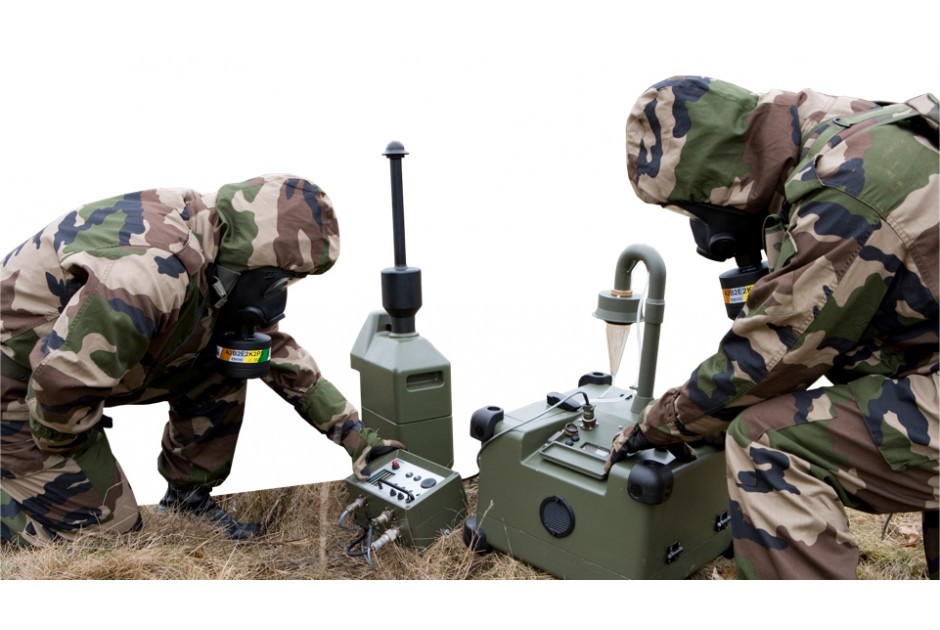ISO 11228 2 Pushing and pulling task ergonomics assessment testing
The ISO 11228-2 standard is an internationally recognized guideline that provides a framework for assessing the ergonomic aspects of pushing and pulling tasks. This service focuses on evaluating how equipment or systems designed to be used in such conditions can minimize physical strain, enhance user comfort, and ensure operator safety.
Pushing and pulling are fundamental human activities encountered across various sectors including military applications where personnel must operate heavy machinery, transport supplies, and perform field duties under physically demanding conditions. Ergonomics plays a crucial role here as it ensures that the design of these tasks aligns with the physical capabilities of the user.
The standard covers critical parameters such as force required to initiate movement, maximum force during sustained pulling or pushing actions, frequency of activation, and duration of continuous use. It also addresses how these factors affect the operator's posture, muscle load, and overall fatigue levels over time.
To perform this testing, we utilize specialized equipment that simulates real-world conditions experienced by operators in military environments. Specimen preparation involves replicating the operational scenario as closely as possible using mock-ups or prototypes provided by our clients. Once prepared, each specimen undergoes rigorous testing according to ISO 11228-2 guidelines.
The results of these tests provide valuable insights into areas for improvement regarding design efficiency and operator comfort. Reporting is comprehensive, detailing key findings such as average force required throughout the task, peak forces encountered during specific maneuvers, and recommendations based on identified issues.
- Customer Impact: Improved ergonomics lead to higher job satisfaction among personnel, reduced risk of injury from overexertion, prolonged equipment lifespan due to less stress on components, enhanced productivity through more efficient task execution, and better alignment with international safety standards.
In summary, ISO 11228-2 testing helps ensure that military equipment designed for pushing and pulling tasks is both safe and effective in real-world scenarios. By adhering to this standard, manufacturers can demonstrate compliance with industry best practices while potentially gaining competitive advantages in terms of product quality and reliability.
Why It Matters
Understanding the importance of ergonomic assessments for pushing and pulling tasks is essential for achieving optimal performance from military personnel. Ergonomics encompasses all aspects related to how people interact with their environment, particularly focusing on factors that influence comfort, productivity, health, and safety.
In a military context, where soldiers often need to transport heavy loads or operate complex machinery under physically demanding conditions, ergonomically sound design can make a significant difference. Poorly designed equipment can result in unnecessary strain on the body, increased risk of injury, decreased efficiency, and reduced morale among troops.
- Improved Safety: Ensuring that equipment is ergonomically designed reduces the likelihood of accidents caused by improper handling or overexertion during pushing or pulling tasks.
- Increased Efficiency: Properly designed tools allow operators to perform their duties more efficiently, reducing time wasted on overcoming physical challenges and increasing overall productivity.
- Better Job Satisfaction: Comfortable working conditions contribute positively towards job satisfaction among personnel who spend significant amounts of time performing these tasks daily.
By incorporating ergonomic principles into the design process from inception, manufacturers can create products that not only meet regulatory requirements but also exceed expectations in terms of user experience. This approach fosters innovation within the industry by encouraging continuous improvement and adaptation based on feedback received during testing phases.
Customer Impact and Satisfaction
Implementing ISO 11228-2 standards into product development processes has numerous benefits for customers seeking high-quality military equipment. Here are some key impacts:
International Acceptance and Recognition
The International Organization for Standardization (ISO) is responsible for developing globally recognized standards that promote safety, quality assurance, and environmental responsibility. ISO 11228-2 specifically addresses the ergonomic evaluation of pushing and pulling tasks, which has gained widespread acceptance across numerous countries.
Countries like the United States, Canada, Australia, Germany, France, and others have incorporated these standards into their national regulations and guidelines for designing human-machine interfaces. Organizations involved in military procurement often specify compliance with ISO 11228-2 as a requirement to ensure that suppliers meet international best practices.
Recognizing the importance of ergonomic design, many government bodies and private sector entities have adopted these standards to improve working conditions and promote safer operations. By aligning your testing process with this standard, you position yourself at the forefront of industry trends while ensuring compatibility with global markets.





